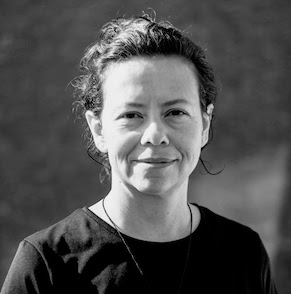Diana Mateus

Centrale Nantes
and
the SIMS team from the LS2N lab.
Since 2018 I have been the holder of the MILCOM Chair. MILCOM aims to design machine-learning methods that explicitly consider the challenges of analysing medical images such as dealing with volumetric multi-modal and heterogenous data, small and imbalanced databases, and/or limited access to expert annotations.
Google Scholar Profile
LinkedIn Profile
Curriculum, Self-paced and Federated Learning for Fracture Classification
This project aims at the classification of hip (proximal femur) fractures from X-ray images. Initially, we demonstrated the capabilities of deep neural networks to distinguish fractured from normal X-rays, but moreover to provide weakly supervised localization of the fractures from image-wise annotations only\footnote{\bibentry{Jimenez-Sanchez2020}}. Next, since the clinical application calls for a fine-grained classification in 6 classes, we developed a method to guide the optimization of the neural networks by including prior-knowledge information or by analysing the uncertainty of the predictions. In this way we stablished several curriculum and self-paced learning strategies, capable of better dealing with small imbalanced datasets and noisy annotations\footnote{\bibentry{jimenez2022curriculum}}. The last contribution in this axis, was the design of a simple curriculum to avoid forgetting in a challenging federated learning case through a curriculum-guided unsupervised domain adaption scheme\footnote{\bibentry{jimenez2023cmpb}}.
These results are the main contributions of Amelia Jimenez-Sanchez’s Ph.D. thesis. This work has been done in collaboration with Universidad Pompeu Fabra ( Barcelona), the Technical University of Munich (TUM) and the Klinikum Rechts der Isar (Munich, Germany).
-
Amelia Jiménez-Sánchez, Mickael Tardy, Miguel A González Ballester, Diana Mateus, and Gemma Piella. Memoryaware curriculum federated learning for breast cancer classification. Computer methods and programs in biomedicine, 229:107318, February 2023. (JCR)
-
Miguel A González Ballester, and Gemma Piella. Curriculum learning for improved femur fracture classification: Scheduling data with prior knowledge and uncertainty. Medical Image Analysis, 75:102273, January 2022. (JCR)
-
Amelia Jiménez-Sánchez, Anees Kazi, Shadi Albarqouni, Chlodwig Kirchhoff, Peter Biberthaler, Nassir Navab, Sonja Kirchhoff, and Diana Mateus. Precise proximal femur fracture classification for interactive training and surgical planning. International Journal of Computer Assisted Radiology and Surgery (IJCARS), 15(5):847–857, 2020. (JCR)
–